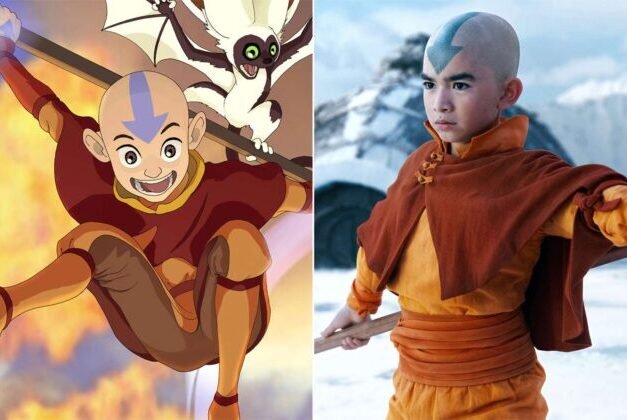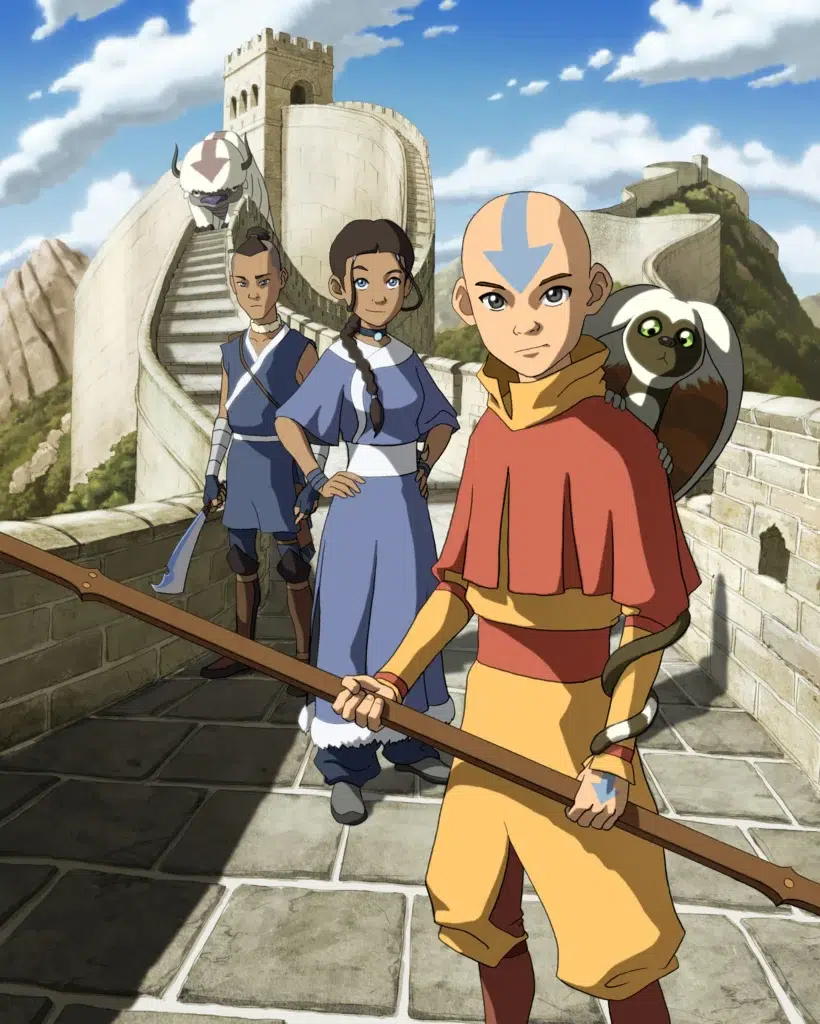Avatar: The animated series and the live-action show have several significant differences.
Netflix has just released its live-action adaptation of the beloved Nickelodeon animated series, Avatar: The Last Airbender. The show, set in an Asian-inspired fantasy world where people can manipulate natural elements, has been highly anticipated, given its rich universe that has already expanded into a sequel series and comic books. However, the road to this adaptation has been filled with scrutiny, especially after the original creators, Michael Dante DiMartino and Bryan Konietzko, left the project due to creative differences, drawing parallels to the critically panned 2010 M. Night Shyamalan live-action film adaptation.
Now, with Netflix version comprising just eight episodes compared to the animated series’ 20-episode first season, fans are curious about the changes. Let’s explore some of the significant differences Netflix has introduced in its adaptation from the beloved source material.

Netflix Avatar: The Last Airbender” brings to life the magical world of the four nations – Air Nomads, Water Tribe, Earth Kingdom, and Fire Nation – just like in the beloved series.In this realm, certain individuals, known as “benders,” have the unique ability to control the elements. The central plot revolves around the century-long war initiated by the Fire Nation, plunging the world into misery without the avatar, Aang (Gordon Cormier), who holds mastery over the elements.
Netflix condensed the original lengthy stories into eight self-contained episodes, skillfully weaving together various storylines and locations. Producers Michael Dante DiMartino and Bryan Konietzko ensure that, even in adapting the intricate plot, the essence of the animated original is preserved. The show not only includes beloved Easter eggs but also pays homage to the Nickelodeon days, immersing viewers in a new fantasy world that captures the spirit of Avatar Fandom.

Avatar faces plot direction challenges, leading to pacing dilemmas and overly complicated adventures. The abundance of action can cause a loss of clarity on the ongoing events and the perceived danger.
Netflix Avatar impresses with its cast, especially the antagonists like Dallas Liu as Zuko and Lizzy Yal as Azula, delivering intense and authentic performances. Daniel Dae Kim’s portrayal of Fire Lord Ozai adds a villainous aura, while Ken Leung brings melodrama as the repulsive villain Zhao. Explore the commendable casting and intriguing story twists in this remade version of Avatar.
Ousley excels as Sokka, closely mirroring the animated character’s speech and expressions. The Avatar stands out the most, with Kiawentiio’s Katara leaning towards emotional but underdeveloped, and Cormier’s Aang feeling awkward and struggling to connect with the audience.
The modern Avatar lacks the original’s playful charm, struggling to recapture its humor and establish a unique comedic language in the live-action format. While facial animation succeeds as the only CGI element, backgrounds and effects feel clunky and unrealistic. “Quicksilver” stunts in slow-motion appear transparent and exaggerated, creating a somewhat comical tone. Critics point out issues like a clumsy narrative, a lack of emotional connection between characters, a slow pace, inadequate CGI, and poor dialogue. Despite these drawbacks, commendation is given for impressive prop details and costumes by Farnaz Khaki-Sadigh. Explore the highs and lows of the revamped Avatar.
On Netflix, the Last Airbender is wrapped up similarly to the way the platform ended its recently live-action anime adaptations. In its best parts Avatar mimics just the truth: that somewhere already a real creature won the war against the Earth.
